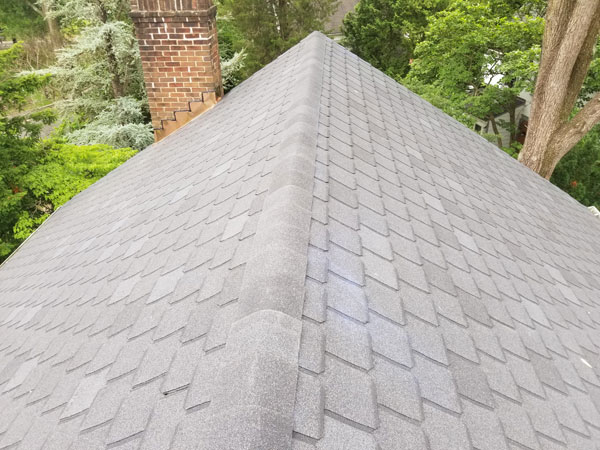Roof Replacement and Installation
Of all home repairs, new roofing may be of the most importance. When an old roof fails, the damage spreads from the attic insulation to any remodeled room, to the family room in the basement. Few home problems are as disastrous as a roof that allows water to destroy the inside of a home.
Roof replacement is not to be taken lightly. Repairs should not be delayed. If you become aware that your roof is near the end of a useful life, understand roofing basics before soliciting a bid from a contractor.
Basic Roofing Materials
The roofing material option depends on the locality and the homeowner’s taste. Metal roofing is often selected because it is fire-resistant. A Spanish-influential tile is a predominant roofing material in some regions.
The pitch (angle) of a roof affects the type of roofing material used. Wood shake shingles are usable on steeply pitched roofs but not low-pitched, flatter roofs. The most common choices are
- Asphalt composition shingles
- Clay or ceramic tile
- Composition slate
- Metal roofing
- Slate roofing
- Wooden shakes or shingles


Second Layer or Tear-Off?
Once, putting a new roof over an existing one was common practice. The approach is no longer permitted in some areas. A complete tear-off is now required. Even if layering is permitted, carefully consider the pros and cons of applying a new layer.
The most potent argument against layering asphalt shingles is the weight. It may be too heavy for the roof framing, especially in older homes. Another problem is that layering repeats surface irregularities that may be present. There is a likelihood of having waves, bumps, and bubbles.
New shingles over problems are unattractive. You can minimize the problem by correcting issues before reroofing. The main advantage of layering is the reduction in the work involved. However, roofing professionals like Divine Metal and Roofing can tackle the job quickly.
Cost of Roof Replacement
Factors that affect roof replacement cost are:
- Materials chosen
- The roofing contractor you hire
- The pitch of the roof
- The square footage
It includes permits, demolition, cleanup, and waste disposal.


Choosing a Roof Style
The hundreds of roof types allow for different materials and are suitable for various purposes. There are two primary roof categories – pitched and flat. The shape of the building helps determine the style of the roof needed. The most common roof styles are
- Gable Roof
- Flat Roof
- Hip and pyramid Roofs
- Gambrel Roof
- Masard Roof
In areas of high winds, the hip roof is sturdier than a gable roof. Areas receiving high precipitation require pitched roofs rather than flat ones. Flat roofs are practical where the climate is dry and hot. The amount of rain and snow received helps determine the pitch of a roof.
Simple pitch roofs are best in climates that experience four seasons and snow. They have fewer areas where needles and leaves can get stuck and allow rain and snow to run off efficiently.
Choice of Materials
Roofs are made in various ways with different materials. Some styles are not suitable for specific materials. The framework for pitched roofs can be made of metal or wood, and the outside can be asphalt or wood shingles, concrete or clay tiles, or metal sheeting.
Trusses are suited for different weights that play a role in the exterior materials used. Poly-vinyl, fiberglass, metal, or asphalt can be used for flat roofs. Shingles will not work. For humid climates, algae-resistant asphalt shingles are recommended.
Areas receiving heavy snowfall need strong roofs. Durable materials such as asphalt shingles or metal are the most common materials.


Installing the Roof
When the style and materials are chosen, there are four steps to installing the roof.
- Framing
- Sheathing
- Underlayment installation
- Roof cover installation

